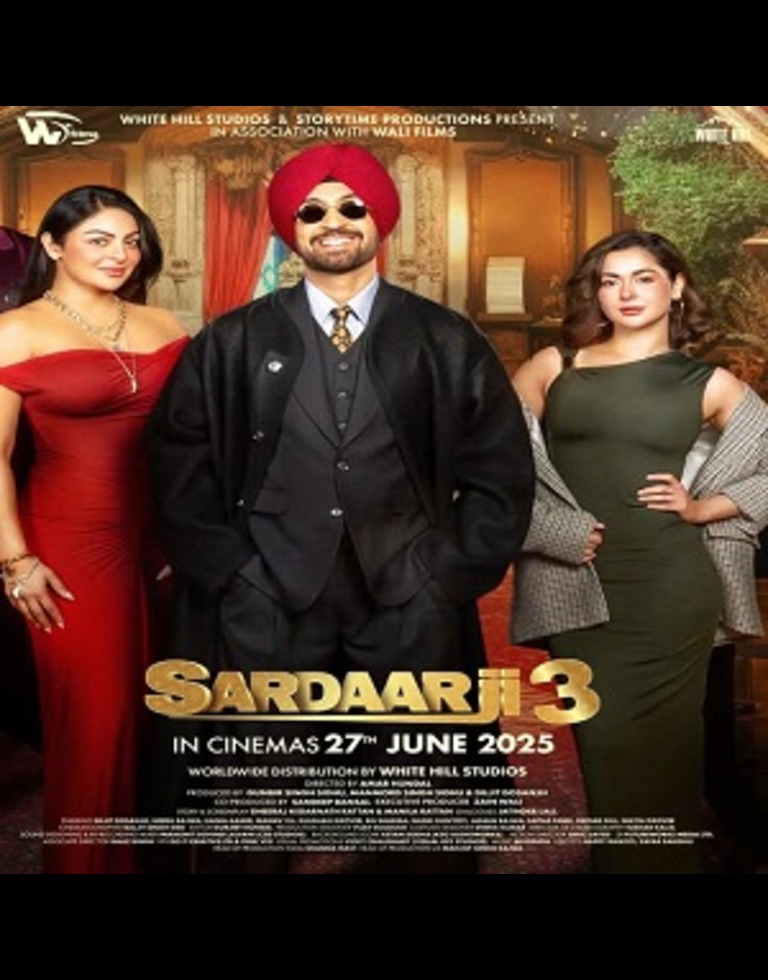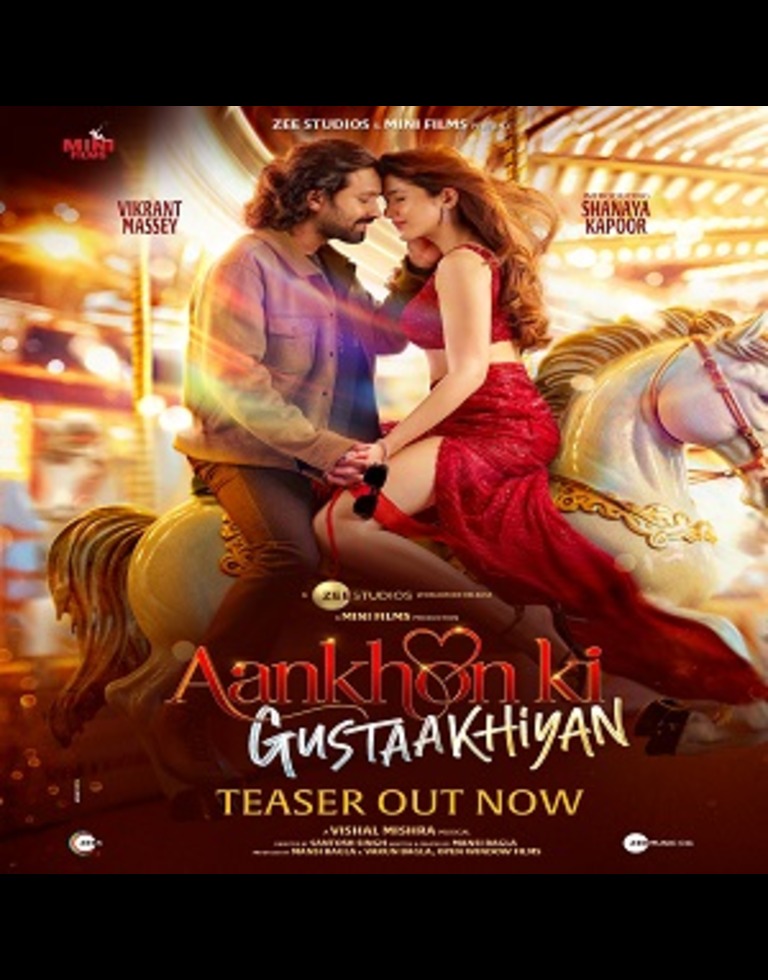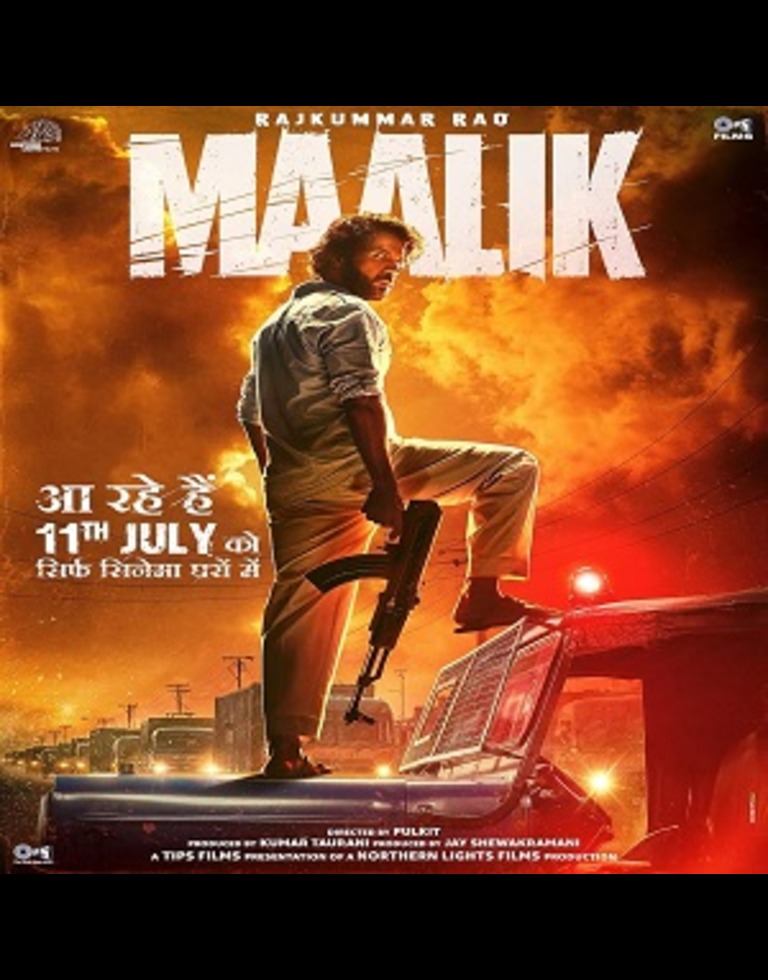
🎯 Premise & Plot
Sardaar Ji 3 continues the supernatural saga of the charismatic ghost-hunter Sartaj “Sardaar Ji” Singh (Gippy Grewal), this time on a mission in a remote Himalayan village haunted by ancient spirits. The plot opens with a powerful jinn curse laid upon the villagers after an excavation disturbs a sacred relic. Sardaar Ji arrives—armed with wit, cunning, and a new mystical gadget invented by sidekick Chhota (Binnu Dhillon)—to lift the curse, protect the locals, and confront his own familial legacy tied to the relic. Alongside, romance brews with Teji (Sonam Bajwa), the local schoolteacher and secret descendant of the cursed clan.
The story follows a classic three-act structure: fish-out-of-water humor and village introduction, ghostly confrontations and moral revelations, and a climactic showdown where ancient traditions are reconciled with modern humor. While it retains the franchise’s heart, the film leans on familiar tropes—mystery-solving, chase sequences, and slapstick—rather than reinventing its magical wheel.
🧑🎭 Performances
Gippy Grewal once again shines as Sardaar Ji. He blends swagger and sincerity, selling both comedic setups (dodging tumbling prayer flags) and heartfelt moments (comforting frightened children). His timing is impeccable—whether delivering one-liners or dramatically flinging holy ash, he anchors the film with charisma and relatability.
Sonam Bajwa has improved noticeably since her earlier appearances in the series. As Teji, she brings warmth, intelligence, and a sense of dignity. Her chemistry with Gippy is natural: their banter feels easy, and their emotional scenes—like when the curse first strikes children—carry surprising weight.
Binnu Dhillon’s Chhota provides reliable comic relief. His naivety and bungled gadget experiments are humorous, and though some jokes repeat earlier installments, his frustration with Sardaar Ji’s heroics still generates chuckles.
Supporting cast—the villagers, two bumbling local constables, an overzealous priest, and a rogue relic hunter—are serviceable. Their characters are broad caricatures, but they fit the lighthearted tone. The main villain, a spirit-possessed hermit (Rana Ranbir), brings necessary menace, though the performance leans into theatrical villainy.
🎥 Direction & Screenplay
Gippy Grewal takes the director’s chair again, delivering a smooth melding of folklore and comedy. The screenplay follows a familiar structure, trading originality for comfort: the storytelling is predictable, but heart remains. The cultural backdrop and depiction of village life—festivals, rituals, kinship—are lovingly detailed.
The humor mostly lands: well-constructed slapstick (ghost-chase across rooftops), clever wordplay in Punjabi dialects, and self-aware jokes referencing the franchise. Still, some scenes—like city-village comparisons—feel recycled from previous films. Drama peaks during the second act when a possessed child speaks through the relic; the moment is tense and poignant. Yet the transitional lull before the final act—the unfulfilled revelation of Sardaar Ji’s lineage—slows narrative momentum.
🛠️ Technical Craft
Cinematography by Jatinder S. Mohan captures rustic Himalayan beauty: misty pine forests, snow-dusted ridge villages, and candlelit temples. Spirits are framed effectively against these backdrops, either through creeping shadows or bluish silhouettes.
VFX and Practical Effects combine for spooky fun. Ghost illusions, relic activation, and minor possessions are convincing for a regional-budget film. The climactic multi-ghost confrontation employs swirling ashes, glowing sigils, and a well-timed explosion—but some CG specters look slightly cartoonish.
Music and Background Score by Jatinder Shah amplify mood: playful folk themes during village scenes and tense percussion in supernatural sequences. A couple of new songs—primarily “Jadd Main Sardaar Ji” and “Mitran Di Yaari”—are toe-tapping and visually vibrant, even if they pause the story for musical choreography.
Editing by Manish More is brisk. Comedy scenes have good snappiness, and horror elements use quick cuts for jump-scares. However, some exposition—like the relic’s origin—feels rushed, and a mid-film montage lingers too long on Sardaar Ji’s gadget-testing.




